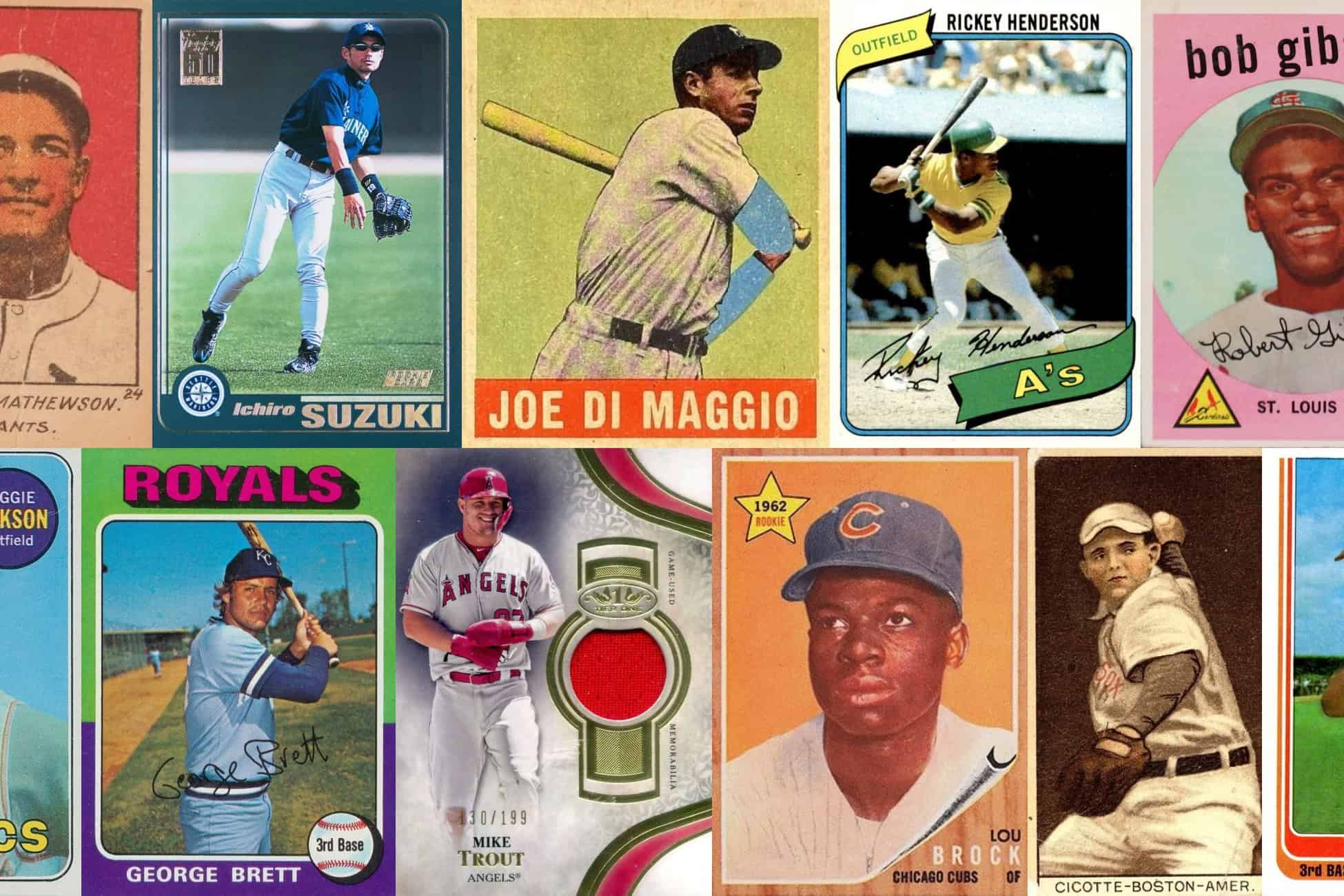The auction world has become a central force in the baseball card hobby. Whether it’s eBay listings closing every second or high-end cards headlining at Heritage, Goldin, or PWCC, auctions play a key role in shaping baseball card values. But beyond simple supply and demand, there are powerful psychological and structural forces at work. Baseball card auctions are more than just a transaction method – they are carefully engineered environments designed to extract the highest possible bid, and they tap directly into human psychology to do so.
This article explores how the design of baseball card auctions affects bidder behavior, how the psychology of competition impacts outcomes, and why auctions often generate higher sales than fixed-price models. We’ll also cover key behavioral concepts such as reward, anticipation, and emotional investment – all crucial to understanding why auctions work so well in the world of baseball cards.
How Auctions Are Structured to Drive Bidding
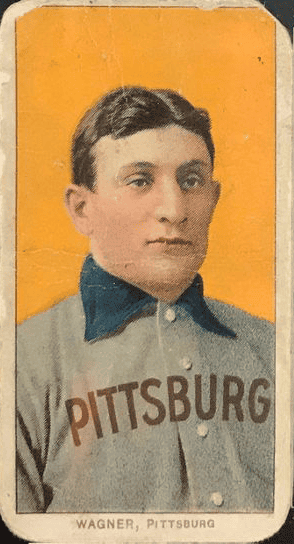
At first glance, an auction appears simple: an item is listed, people bid, and the highest offer wins. But behind the scenes, auction houses and platforms use highly specific techniques to encourage more aggressive bidding.
Starting Prices and Anchoring
Most auctions begin with a low starting bid, often well below market value. This approach taps into a psychological principle called anchoring – where the first number presented affects how later prices are perceived. Starting low makes the auction feel like a bargain from the outset, even if prices climb far above typical sales later.
Countdown Clocks and Time Pressure
Countdown timers are integral to online auction platforms. As the clock winds down, a sense of urgency builds. Time pressure often causes bidders to act quickly, reducing their ability to rationally evaluate their bid. The fear of losing out can lead to last-minute surges in price – sometimes known as sniping.
Some platforms even extend the auction if a bid is placed within the last few minutes. This “soft close” mechanism is designed to prevent sniping, but it also keeps bidders emotionally engaged and drives prices higher through extended bidding wars.
Increment Rules and Bid Psychology
Auctions typically use minimum increment rules to control the pace of bidding. While these rules are meant to streamline the process, they also subtly nudge bidders upward. For example, if the next acceptable bid is always $10 or $50 higher, the decision to continue becomes binary: bid or drop out. This creates pressure and simplifies decisions in a way that favors higher prices.
The Psychological Rewards of Winning
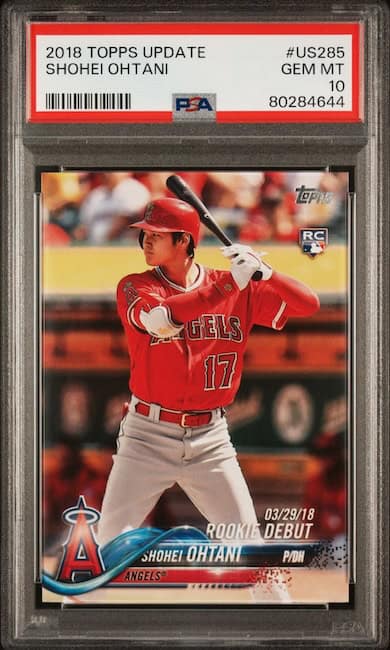
Winning an auction is deeply satisfying, and that’s not accidental. Auctions are structured to create a compelling emotional journey – one that rewards persistence, fuels competition, and delivers a powerful sense of accomplishment.
Dopamine and Anticipation
Neurologically, the process of bidding activates reward pathways in the brain. Studies show that anticipation of a reward – such as winning a card you’ve wanted for months – releases dopamine, a neurotransmitter associated with pleasure and motivation.
What’s interesting is that dopamine doesn’t just spike when a reward is received. It increases before the reward, especially when the outcome is uncertain. This is why auctions can feel addictive – it’s the buildup that hooks people, not just the final win.
The “I Won” Effect
Winning an auction can feel like a personal victory, even if you paid more than you originally intended. Behavioral economists refer to this as the “winner’s elation”, and it’s fueled by the competitive nature of baseball card auctions. You didn’t just buy a card – you outbid others to get it. That makes the purchase feel more meaningful and rewarding.
In contrast to buying from a store, auctions offer a social dimension: you know other people wanted the same thing, and you came out on top. That feeling of success can justify a higher price, even after the fact.
Why Auctions Often Lead to Higher Final Sales
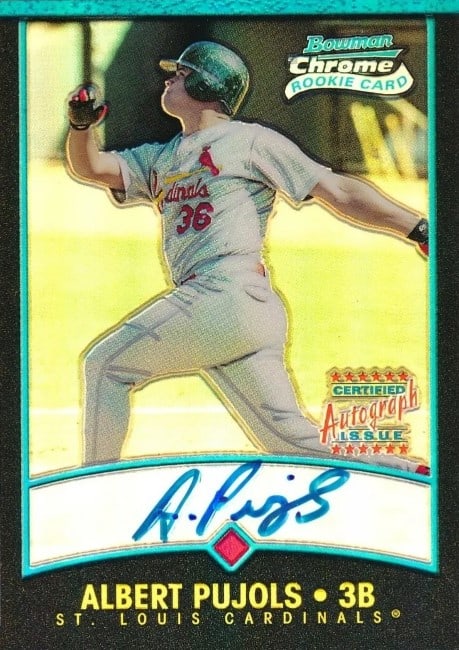
From a seller’s perspective, auctions might seem risky – what if no one bids? But over time and across markets, auctions generally produce higher average sale prices than fixed-price formats, especially when properly promoted. The reasons for this are both psychological and structural.
Competitive Bidding Drives Price
The most obvious mechanism is competition. Once two or more people decide they want the same item, their rivalry escalates. Bids become less about intrinsic value and more about not letting the other person win, and going just that tiny bit further to get there. This bidding war dynamic can elevate prices far above what either bidder originally planned to spend.
The Sunk Cost Effect
Once someone has invested time and emotion into an auction, it becomes harder to back out. This is known as the sunk cost effect – people don’t want to “lose” what they’ve already invested, even if rational thinking would say to stop bidding. The deeper someone gets into an auction, the more likely they are to continue, simply because they’ve come this far.
Auction Visibility and Promotion
Auction platforms often promote high-end or unique listings through email newsletters, homepage banners, and social media. This increased visibility draws more potential bidders than a typical Buy It Now listing, especially for rare or notable cards. The more eyes on the listing, the more likely it is that someone will step up and pay top dollar.
Risk and Reward: The Dual Nature of Auctions
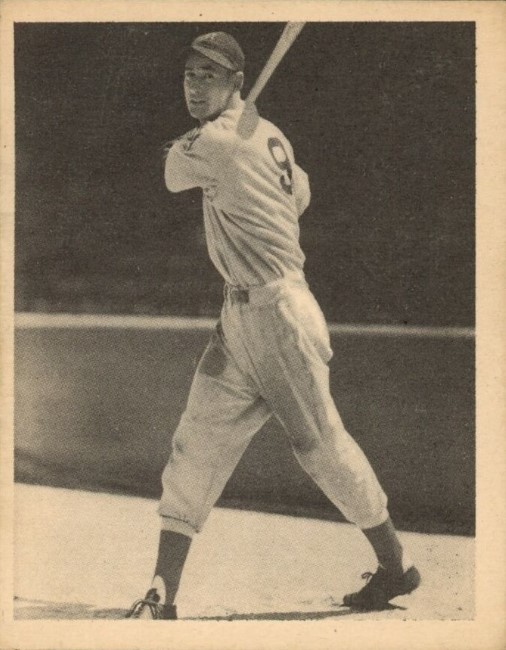
While much of the psychology of baseball card auctions creates excitement, it’s important to consider the flip side. Not all outcomes are rational, and auctions can sometimes lead to overpayment or buyer’s remorse. A science-oriented perspective helps explain why.
The Winner’s Curse
The winner’s curse is a well-known phenomenon in auction theory. It describes the tendency of the winning bidder to overpay in situations where the value is uncertain. Because everyone bids based on their own assessment of value, the highest bidder is often the most optimistic – and therefore the one most likely to overestimate the card’s worth.
This is especially relevant for cards that are hard to price, such as low-pop PSA 10s, oddball issues, or rare errors. The lack of comps and shortage of “Plan B” options can cause bidders to overshoot.
Escalation of Commitment
Sometimes, a bidder continues increasing their offer simply because they’ve already invested too much time and energy to back out. This escalation of commitment can be emotional rather than logical. It mirrors behavior seen in gambling, where players “chase losses” or keep playing even after a series of bad outcomes.
While many bidders walk away happy, others may feel regret afterward – especially if they later find the same card for a lower price elsewhere. Awareness of this dynamic is crucial for maintaining long-term satisfaction in the hobby.
Tips for Bidders: Navigating Auctions Wisely
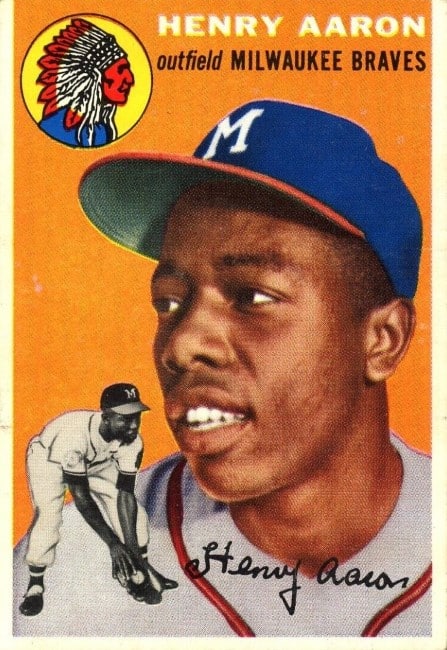
With a better understanding of auction psychology, collectors can approach bidding with more confidence. Here are some best practices to help hobbyists enjoy the thrill without falling into common traps:
- Set a Max Bid Early: Know your limit before the auction begins. Decide what you’re willing to pay and stick to it.
- Don’t Bid Too Early: Bidding early can drive up prices unnecessarily. Wait until the final minutes unless you’re trying to scare off competitors. This can also help you keep overbidding in check.
- Watch for Extended Bidding Rules: If you’re bidding on high-end sites, check whether the auction has a soft close. These often require attention well past the original end time.
- Avoid Emotional Bidding: Take a moment before increasing your bid. Ask yourself if you’re still valuing the card or just trying to win.
- Use Historical Data: Look up previous sales (“comps”) or population reports. Don’t assume rarity equals value without market confirmation.
- Consider the Buyer’s Premium: Many auctions charge a fee on top of your winning bid, often 15-20%. Even baseball cards on online auction sites often have shipping fees. Factor this into your max bid.
Tips for Sellers: Making the Most of Auction Platforms
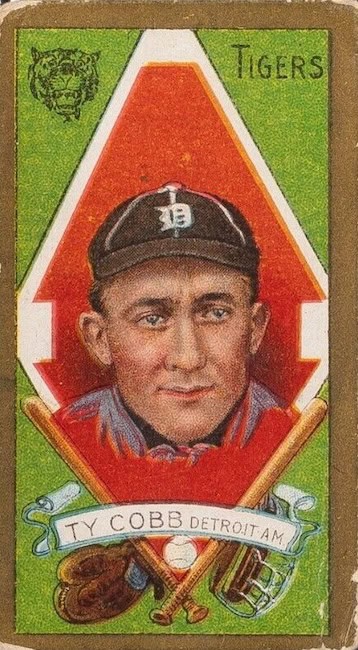
Sellers also benefit from understanding auction dynamics. Creating a strong auction listing can lead to better engagement and higher sale prices.
- Time It Right: Auctions that end on Sunday evenings tend to perform best, as more collectors are browsing.
- Use High-Quality Photos: Clear, high-resolution images build trust and excitement.
- Write Informative Descriptions: Include card condition, serial number, population reports, and any unique attributes.
- Promote Rare or Valuable Cards: Use social media or collector groups to drive traffic.
- Consider Starting Low: A low starting bid often encourages more people to watch and bid, especially if the item is desirable.
The Future of Auctions in the Baseball Card Hobby
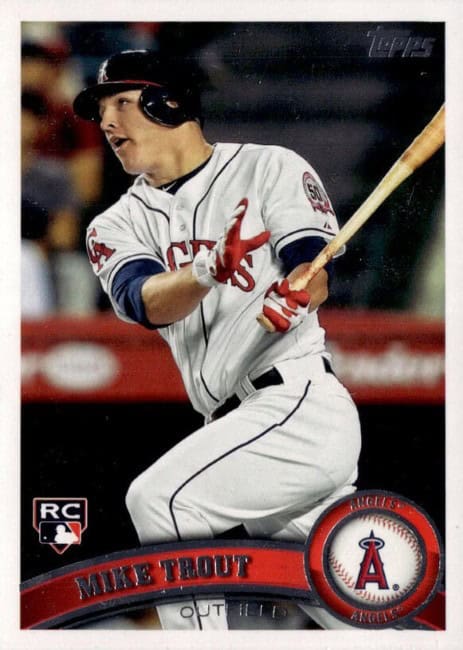
The rise of online platforms has transformed how collectors engage with auctions. It’s no longer limited to elite auction houses or in-person events. Today, hobbyists at all levels can participate in real-time bidding from their phones. This increased accessibility has created new forms of auction excitement, but also new challenges.
Live Break Auctions
Some platforms now integrate live breaks with auction-style sales. For example, spots in a break might be auctioned off in real time via streaming. This hybrid format combines gambling-style randomness with competitive bidding, making it especially engaging (and profitable) for sellers.
Algorithmic Auction Tools
Expect to see more AI-driven tools in the near future. Some platforms already use predictive algorithms to suggest bid amounts or warn when a user is likely to overbid. These tools may help mitigate some emotional pitfalls – or they may be used to optimize pricing for sellers, depending on the business model.
Greater Transparency and Regulation
As the auction space continues to grow, collectors are calling for better regulation and transparency, especially around shill bidding and fake accounts. Reputable auction houses have begun investing in compliance systems to prevent manipulation, and the trend is expected to continue.
Why Auctions Still Matter
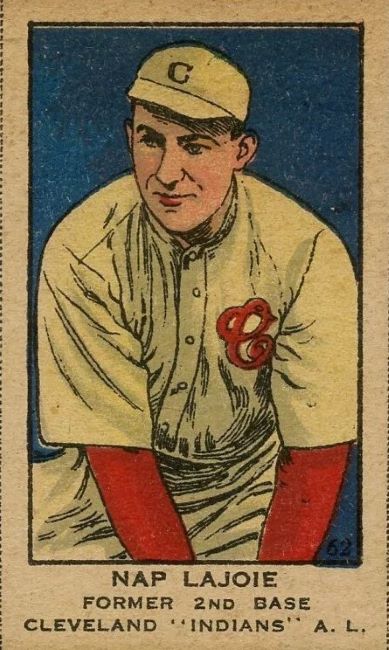
Despite their complexities, baseball card auctions remain a cornerstone of the hobby. They connect supply and demand in a dynamic way that no fixed-price system can replicate. Auctions tap into human instincts – competition, risk-taking, curiosity, and reward – and turn collecting into something more than a purchase. It becomes an event, an experience, and for many, a source of deep enjoyment.
From a science perspective, auctions show how behavioral economics and neuroscience intersect with everyday life. For baseball card collectors, understanding this intersection can lead to better decisions, fewer regrets, and a more rewarding hobby overall.
And of course, sometimes it’s just fun to win.
